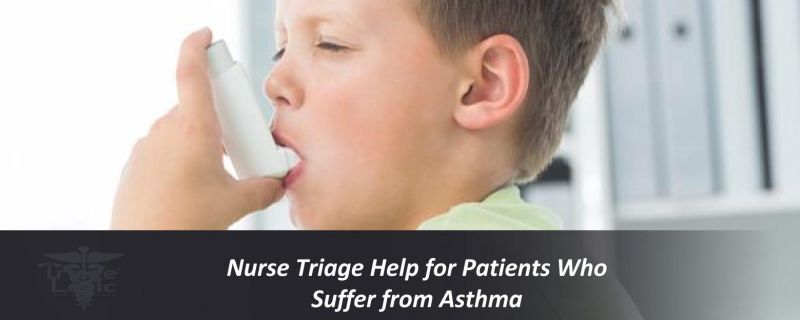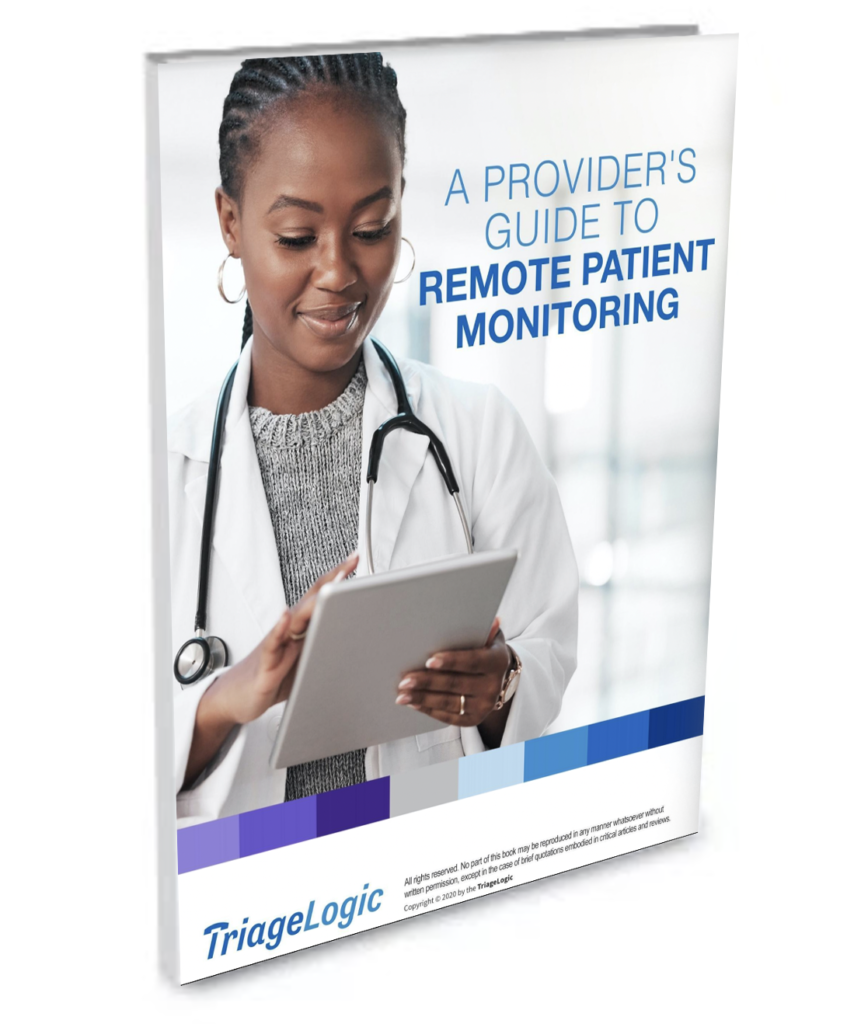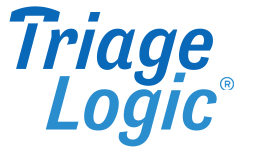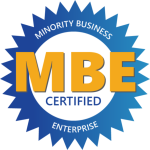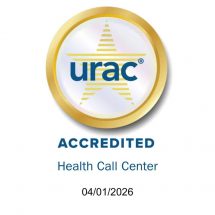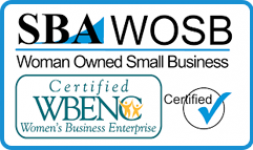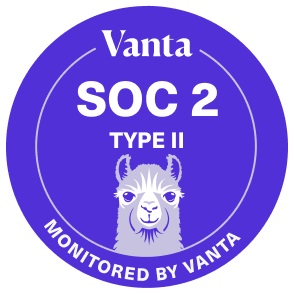Nurse Triage Help for Patients Who Suffer from Asthma
In the U.S. alone 1 in 13 people have asthma. If a patient is experiencing sudden difficulty with airway management, it is vital for them to contact a triage nurse to work through the various interventions. With the triage nurse using her critical thinking skills and protocols, such as the Schmitt-Thompson guidelines, she can guide the patient or parent through the symptoms to determine the best path of care.
Asthma is a chronic lung disorder that can make breathing difficult by narrowing and inflaming the airways (bronchial tubes). Asthma attacks can be a frightening experience, especially for children and their parents. Nearly 25% of Americans diagnosed with asthma are children. Early intervention for all age groups is key, as well as teaching children and adults how to recognize the triggers and early warning signs of an attack.
Asthma causes over 10 million visits to physician’s offices each year and nearly 2 million visits to hospitals and emergency departments. Asthma can be deadly. The CDC reported that in 2015 there were 3,615 cases where the underlying cause of death is asthma. The majority of the deaths are from individuals over 50, but children are still susceptible if their asthma is not treated and managed.
Here is a quick message from TriageLogic Medical Director Dr. Ravi Raheja.
An asthma attack can cause:
- Inflammation, swelling, and narrowing of the airways
- Recurring wheezing
- Chest tightness
- Coughing
- Shortness of breath
Medical triage protocols for nurses include guidelines for evaluating patients calling with asthma symptoms. These protocols can be found in a book format or in easy-to-use software, such as TriageLogic’s myTriageChecklist. Triage protocols are written by physicians and they ensure the best care for your patients while allowing you to document the calls.
Some common triggers for people with asthma include:
- Pets
- Mold
- Latex
- Pollen
- Smoking
- Dust mites
- Common foods such as peanuts, eggs, dairy, soy, and fish
Treatment
Common methods of treatment include asthma inhalers and nebulizers. During an asthma attack, a nebulizer is the preferred method but daily maintenance may include inhalers containing corticosteroids and bronchodilators. The advantage of the inhaler is that it is portable and can carry up to 200 doses. For younger patients who cannot handle an inhaler, or for a sudden need of a large infusion of medications directly to the bronchioles and airway, a nebulizer may be best. However, nebulizers are bulky and not easily transportable, making it difficult for a daily active lifestyle. The best way to manage asthma is to try to avoid triggers and use medications as directed.
An asthma attack can happen at any time. Providing your patients with an after-hours telephone nurse triage service will ensure that they receive prompt quality care. A triage service can prevent the patient from needlessly going to the ER and get them to your office for a follow-up. Using doctor-written protocols, TriageLogic nurses are able to quickly evaluate patients over the phone to develop an action plan, even when your office is closed. Contact us today for a demo of our daytime protocol software or to learn more about our after-hours triage service.
Reference:
https://www.cdc.gov/asthma/default.htm

